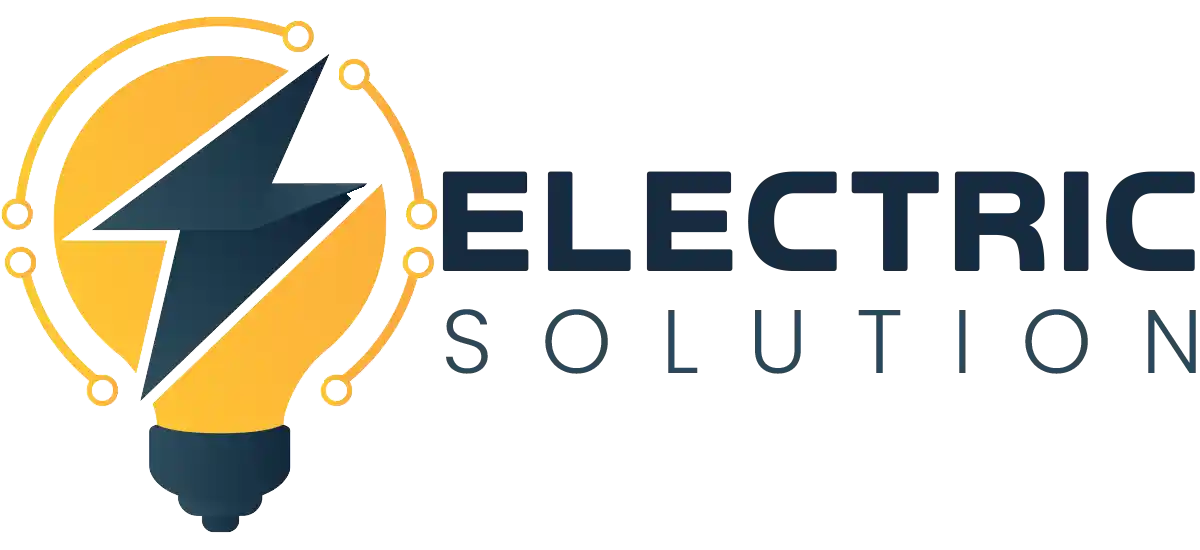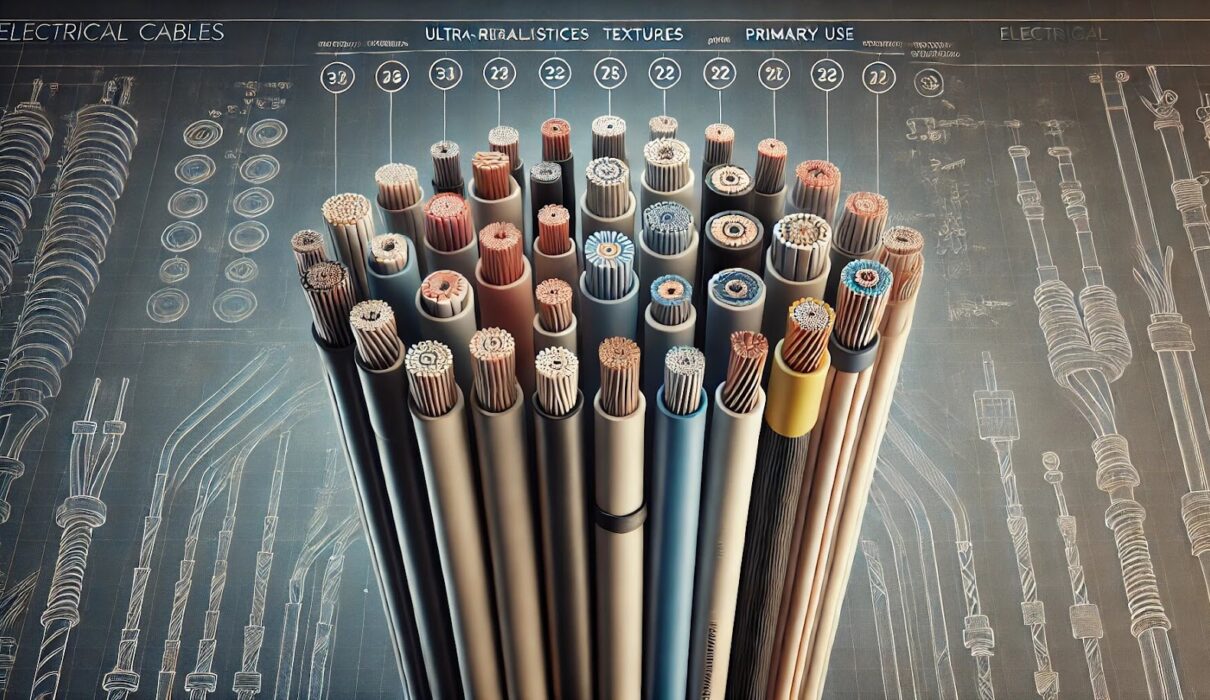A Complete Guide to Types of Cables and Their Uses
Introduction
Cables play an important role in modern technology, they are the cause of transmitting electricity, data, and communication signals among different devices and networks. Power transmission cables carry electricity to homes and industries. Communication cables connect telephones and enable internet services.
Importance of Cables
Cables are important, they are used in power grids, telecommunication, transportation, and healthcare. They enable:
- Transmission from the point of power generation to the site for use.
- Internet and telecommunication services through communication cables, like fibre optic and coaxial cables.
- Data transfer through the best networking, such as Ethernet and HDMI cables.
Cable Installation and Maintenance
Proper installation is safe and efficient; the right cable for the application heads off electrical failures and lost data. Regular safety inspection and maintenance of cables ensure longer life and less chance of electrical hazards. The global cable industry is expected to reach $250 billion by 2030.
Cables and Their Types
Cables can be grouped according to their characteristics and applications, as well as their functions and structures. They are types of cables categorized for power, communication, or data transfer applications and are professionally made to connect them to a variety of industries.
1. Electrical Cables:
These cables are designed and developed to lead power within the home, industry, and commercial buildings. They could be divided into two areas:
Low-voltage cables are used in house wiring and appliances and High voltage cables are used in power grids and to serve industrial machinery. About 65% of the electricity transmission in the world takes place through high-voltage cables for effective power transfer.
2. Communication Cables:
Transmit voice, video, or data signals. Telecommunication and internet services are made possible through communication cables. Common examples are:
- Twisted pair cables are used in the telephone and local area networks (LAN).
- Shielded cables are used for extra protection from electromagnetic interference in high-speed networks.
- Fibre optic cables transmit data with the help of light signals at speed levels up to 100 Gbps.
Fact: The fibre optic cable market around the globe is expected to reach 11.67 billion dollars by the year 2026 with further developments due to increasing requirements for high-speed internet as well as 5G networks.
3. Transferring Data Cables:
These cables are used to connect with electronic devices to allow their inter-communications and data transfer. They include:
- USB Cables are used to connect smart phones, computers, and accessories for charging as well as data transfer purposes.
- HDMI cables are used to transmit high-definition video as well as audio between devices, such as televisions and gaming consoles.
- Ethernet Cables are widely used for networking and internet connectivity in modern cables with speeds that can reach 10 Gbps.
Fact: More than 90 percent of businesses rely on Ethernet cables worldwide to provide a stable and secure internet connection.
4. Coaxial and Fiber Optic Cables:
These cables are mostly used to provide telecommunications, or internet services to their consumers.
- Coaxial cables make up the coaxial form of cable television and broadband internet.
- Fiber optics can give higher speeds and higher capacity and can be used in 5G networks and for cloud computing.
Fact: By 2030, fiber optic cables will dominate 75% of the globe’s internet infrastructure, effectively replacing traditional copper cables due to their higher efficiency and speed.
Cables are much important today, for power distribution, for communication, and networking, where they ensure the reliable, efficient, and effective transmission of electricity, data, and signals throughout the globe.
Power Cables and Their Applications
Power cables serve an important purpose for electrical transmission: they are a means to provide energy to households, industries, and power grids. Designed to work at different voltage levels, these cables are good for long-distance, economy-minded power distribution.
Classification of Electrical Cables
Power cables are classified according to their voltage levels:
Low-Voltage Cables (LV Cables)
- Using wiring in homes, in offices, and for small electrical appliances.
- Typically, they have voltages less than or equal to 1 kV.
- Commonly used for home power supply systems and lighting circuits.
Medium-Voltage Cables (MV Cables)
- Used in industrial plants, underground power distribution, and commercial buildings.
- Run anywhere from 1 kV to 35 kV.
- Designed to survive harsh conditions and provide reliable power.
High-Voltage Cables (HV Cables)
- Used in power grids, transmission lines, and renewable energy projects.
- For all practical purposes, any voltage over 35 kV with some going up to 400 kV and more.
- Designed for long-distance electricity transmission with minimal energy losses.
Where Are Power Cables Used?
Power cables are used across various fields, thereby ensuring stable and safe power:
| Homes and Buildings: | Low-voltage cables energize the lights, fans, air conditioners, and other household wares. |
| Industries: | Medium voltage cables drive heavy machinery, manufacturing domains, and automation systems. |
| Power Grids: | High voltage cables carry electricity from the stations to the substations in the cities. |
Choosing the Right Cable
Several different factors must be considered before selecting a cable. Among their batteries are voltage capacity, data speed, material composition, and safety certifications. The cables can be very appropriate for organizations, companies, industries, and, above all, homes.
| Data Speed | Though fiber optics provide maximum speeds for networking up to 100 Gbps, Ethernet fairly offers a fast, reliable connection between 1-10 Gbps with either Cat 6 or Cat 7 cabling. |
| Material | Copper cables are highly conductive and durable, while fiber optics offer speedier data transmission but with lesser signal loss. |
| Safety Standards | The safety certification of cables includes UL (Underwriters Laboratories), CE (Conformité Européenne), etc.; hence meeting the industry standards in relation to fire safety resistance, insulation quality, and general safety. |
Conclusion
Cables are crucial in electrical and communication transmission, as well as transferring data, and are neophyte essential equipment in homes, businesses, industries, and technology. Proper cables should be selected according to voltage, speed and safety standards for efficiency and safety.
Proper installation and maintenance would prevent short circuits, overheating, and electrical failures. With advancing technology, fiber optic and high-performance cables will continue improving global connection and power distribution.


